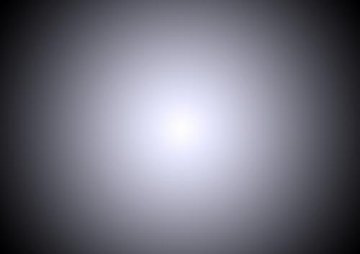
Know what hyperspace travel looks like? Not so fast
By Desgin Engineering staff
GeneralPhysicist students determine what faster than light travel would actually look like.
The sight of the Millennium Falcon making the “jump to lightspeed” is one of the most iconic images from the Star Wars trilogy. But University of Leicester students have calculated that – in reality – you wouldn’t the light from stars stretching past the ship as we are shown in the movies.
Instead, the four students – Riley Connors, Katie Dexter, Joshua Argyle, and Cameron Scoular – have shown that the crew would actually see a central disc of bright light. In fact, there would be no sign of stars because of the Doppler effect. Doppler blue shift is a phenomenon caused by a source of electromagnetic radiation – including visible light – moving towards an observer.
The effect means that the wavelength of electromagnetic radiation will be shortened and the wavelength of the light from stars would decrease and “shift” out of the visible spectrum into the X-ray range. In its place, they would simply see a central disc of bright light as Cosmic Microwave Background Radiation is shifted into the visible spectrum.

What University of Leicester physics students suggest hyperspace travel would really look like. Credit: University of Leicester
“If the Millennium Falcon existed and really could travel that fast, sunglasses would certainly be advisable,” said University of Leicester student and paper author, Riley Connors. “On top of this, the ship would need something to protect the crew from harmful X-ray radiation.”
The group of fourth year MPhys students published the findings in this year’s University of Leicester’s Journal of Physics Special Topics. For their full papers, check out the university’s web sit: physics.le.ac.uk/journals/index.php/pst/article/view/549/360, physics.le.ac.uk/journals/index.php/pst/article/view/575/386
